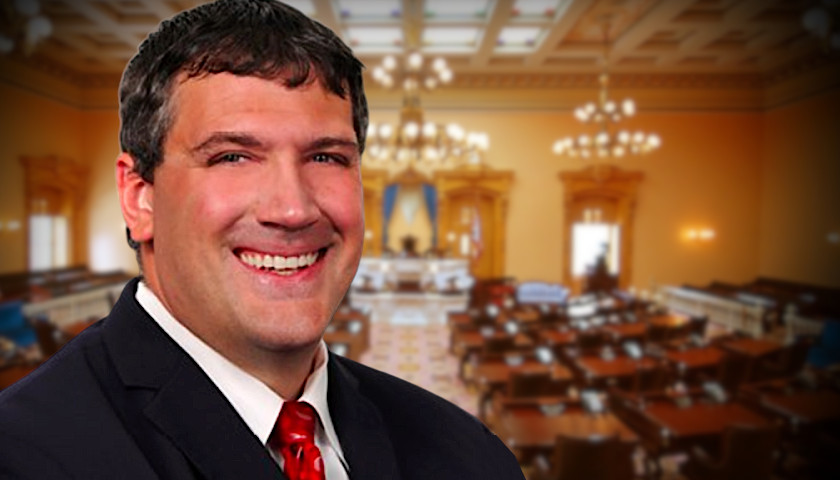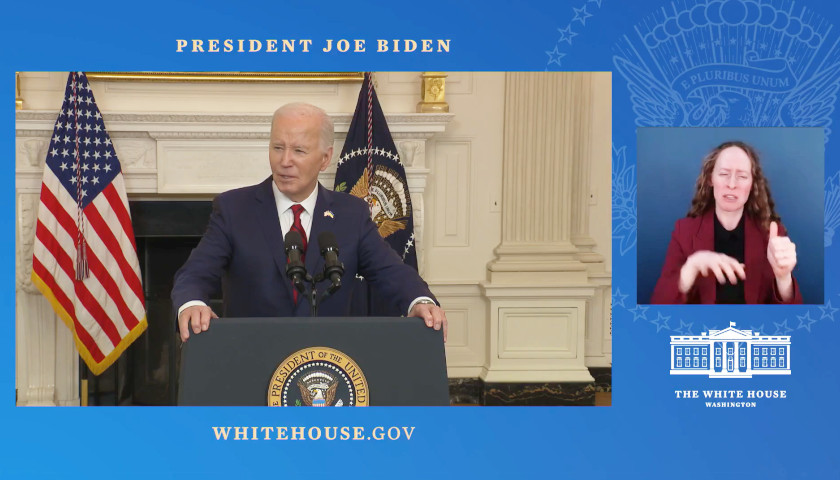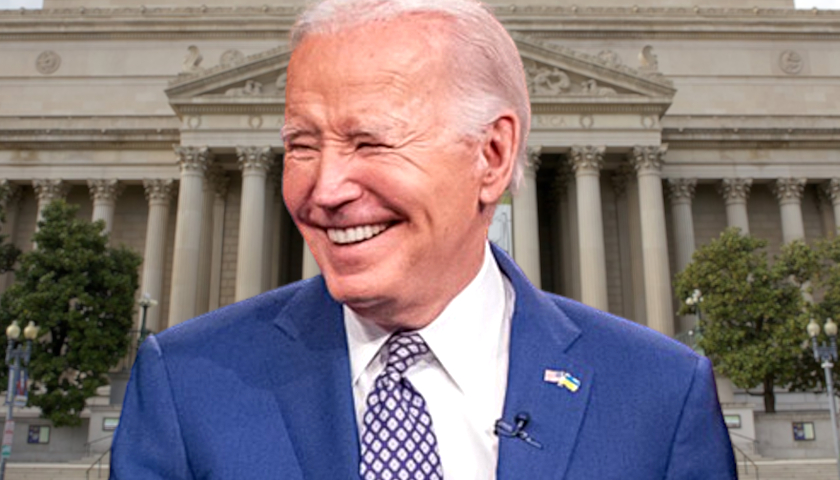Greg Lawson of The Buckeye Institute testified Wednesday in front the Ohio Energy and Natural Resources Subcommittee as it considered House Bill 6, a controversial “Energy Generation” bill put forth April 12. The subcommittee gathered for its third hearing Wednesday where Lawson and 80-plus other citizens convened to testify.
The Ohio Legislature’s website describes House Bill 6 as a bill that “Creates Ohio Clean Air program,” but the bill includes several provisions that would allow state government lending for clean air projects and subsidies for struggling businesses. Under one section of the bill, it states that an explicit goal is “to assist in the financing of air quality facilities for industry, commerce, distribution, and research, including public utility companies.”
The bill would allow the state government to “issue bonds,” “make loans,” and “maintain operations of certified clean air resources.” The bill also states that any entities receiving money for a clean air project must follow all guidelines stated in the “Clean Air Act” of 1970 passed under President Richard Nixon.
What the bill does not mention is that it would come with an annual $300 million bailout tax. AARP State Director Barbara Skyes announced her organization’s opposition to the bill on Wednesday, according to Yahoo News.
“We are firmly opposed to this for all Ohioans, but especially for those age 50-plus who are living on fixed income,” she said. Skyes also brought to light that First Energy, the Akron-based electric company, would be the main beneficiary of the $300 million.
Lawson focused on the strength of electric companies without subsidies and the impact the bill would have on market competitors.
“Clean energy production does not need government subsidies. Ohio’s desire for cleaner air is already driving market action,” he said.
Lawson also added that more than 11,000 megawatts of energy enter Ohio through “Ohio’s bountiful natural gas resources,” which have “created more than 14,000 jobs without the benefit of government subsidies.”
Lawson went on to mention that “using the power of government to disadvantage market competitors makes for bad public policy.”
More than 80 percent of those testifying Wednesday were listed as opponents of the bill on the Ohio House website.
Lawson spoke strongly against the bill, but offered ways to strengthen it, should it become law. One of his proposals was a “Sunset provision,” a policy that would set a cease date for a bill unless the Legislature were to extend it further.
He also proposed several financial regulations to ensure the state be refunded and protected against any financial loss. One suggestion called for “an annual audit of any RPS or EE expenses that are charged above or beyond the surcharges outlined in House Bill 6,” and a requirement that any and all entities receiving subsidies only be covered on shortfalls, but not on profit lost from rate-payers.
The Buckeye Institute has long called for a repeal of the Renewable Portfolio Standards Act, which mandates that by 2027, 12.5 percent of energy generated by Ohio distribution utilities and electric service companies must come from renewable energy.
– – –
Mitch Shirley is a reporter for The Ohio Star and Battleground State News. Emails tips to [email protected].
Photo “Greg Lawson” by Greg Lawson. Background Photo “Ohio Capitol Floor” by Ohio Senate.





